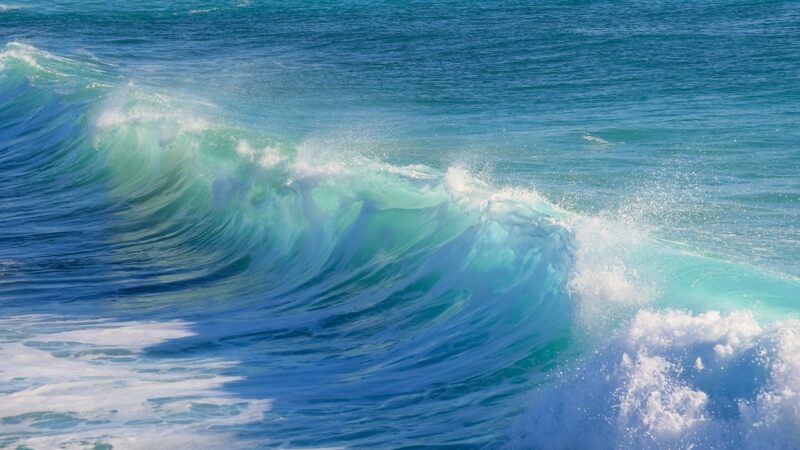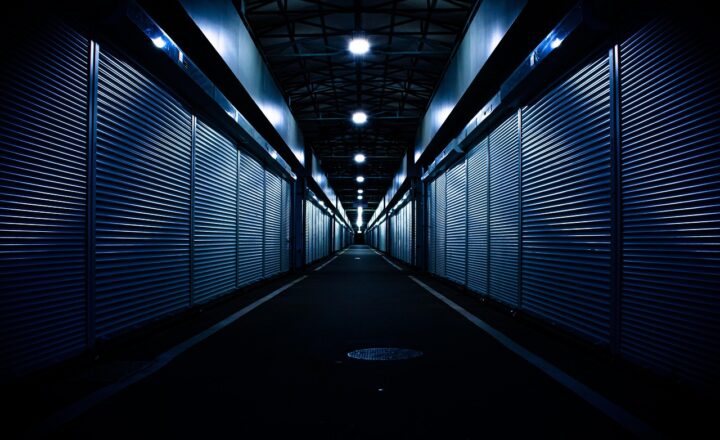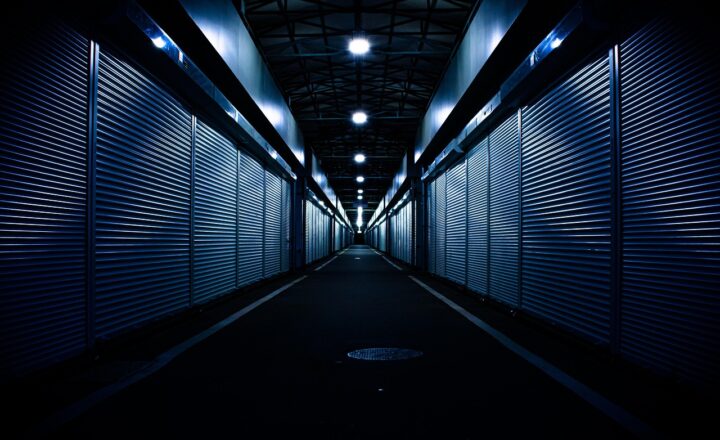Weird Phenomena You Won’t Believe Actually Exist in Nature
November 17, 2024

Nature is a treasure trove of bizarre and unbelievable phenomena that often leave us in awe of the world around us. From glowing seas to iridescent rainbows, the natural world has a plethora of astonishing wonders that challenge our understanding and ignite our imagination. In this article, we will delve into some of the strangest occurrences in nature that you probably didn’t know existed, making you rethink what’s possible on our planet.
1. Glowing Oceans: The Bioluminescence Phenomenon
One of the most enchanting sights in nature is the bioluminescent ocean, where waves seem to glow with a blue light. This captivating event is caused by tiny organisms known as dinoflagellates, which emit light when disturbed. Popular spots to witness this phenomenon include Mosquito Bay in Vieques, Puerto Rico, and the beaches of Maldives.
The glow is a defense mechanism and can also attract prey. Conditions that favor this phenomenon include warm waters and nutrient-rich environments, leading to vibrant displays that can be seen at night.
2. The Blood Falls: A River of Red Water
Located in Antarctica’s McMurdo Dry Valleys, the Blood Falls is a striking waterfall that pours out of the Taylor Glacier into Lake Bonney, staining the ice below with a stark red color. The peculiar hue is due to iron oxide (rust) in the ancient saltwater trapped beneath the glacier.
This eerie phenomenon not only looks like a scene from a horror movie but also plays an essential role in understanding microbial life. Living organisms thrive in an environment thought to be barren, making Blood Falls a prime location for studying extremophiles.
3. The Sailing Stones of Death Valley
In California’s Death Valley, huge rocks can be seen mysteriously moving across the dry lake bed of Racetrack Playa, leaving long trails behind them. This phenomenon, known as the sailing stones, has puzzled scientists for decades.
It occurs when thin sheets of ice form overnight, and as the ice melts during the day, light winds push the rocks along the slippery surface, creating the illusion they are sailing across the playa. Researchers recorded this phenomenon in action, bringing clarity to a riddle that had fascinated many.
4. The Catatumbo Lightning: Nature’s Fireworks
The Catatumbo River in Venezuela is famous for an astonishing meteorological phenomenon: a nearly continuous lightning storm. This weather pattern generates lightning for about 160 nights a year, lasting up to 10 hours each night.
The phenomenon occurs when warm winds from the land collide with cold air from Lake Maracaibo, creating the ideal conditions for storms. The resulting lightning is so frequent that it is known to produce up to 280 lightning strikes per hour, illuminating the night sky and creating a spectacular natural show.
5. Iridescent Clouds: Nature’s Own Rainbow
Have you ever looked up at the sky and seen clouds shimmering with rainbow hues? This stunning spectacle is known as iridescent clouds. It occurs when sunlight diffracts through small water droplets or ice crystals in clouds, creating a kaleidoscope of colors.
The best time to spot iridescent clouds is during or after a rainstorm when the sun peeks through the clouds. This delicate display is not only a delight for the eyes but also a testament to the beautiful complexities of light and atmosphere.
6. The Eternal Flame Falls: A Flickering Flame in a Waterfall
Located in Chestnut Ridge Park, New York, the Eternal Flame Falls is a small waterfall that hides a small, flickering flame at its base. The fire is fueled by natural gas seeping through the rocks, and when conditions are right, it creates a small flicker of flame amidst the water.
The enchanting combination of fire and water draws visitors and photographers alike, making it a special spot for nature enthusiasts. To view the flame, hikers must traverse a short trail, making the reward all the more tempting.
7. The Migrating Monarch Butterfly: Nature’s Greatest Travellers
Each year, millions of monarch butterflies embark on a remarkable migration from North America to central Mexico. This arduous journey spans over 3,000 miles, and butterflies navigate using an internal compass and environmental cues.
The migration occurs between August and October, with butterflies gathering in particular locations to roost for the winter in fir trees. Their journey is one of the most extraordinary in the animal kingdom, showcasing resilience and the inherent instincts of these delicate yet powerful creatures.
8. The Green Flash: A Rare Optical Illusion
The green flash is a fleeting phenomenon that occurs just before sunrise or just after sunset when a green spot is visible above the horizon. This rare optical illusion happens due to atmospheric refraction and the scattering of light.
To see this magical moment, one needs to be in the right place at the right time, typically at sea level with an unobstructed view of the horizon. While many have witnessed it, few can attest to its beauty, adding an additional layer of allure to this fantastic phenomenon.
Conclusion
Nature is filled with extraordinary phenomena that beckon our curiosity and inspire awe. From light and water to migrating creatures, these incredible occurrences remind us of the beauty and depth of the world we inhabit. Exploring these wonders allows us to appreciate the intricate tapestry of life and phenomena that nature has to offer.
So next time you step outside, remember that nature has its unique magic, waiting just beyond your vision, to be explored and admired in all its bizarre glory.








